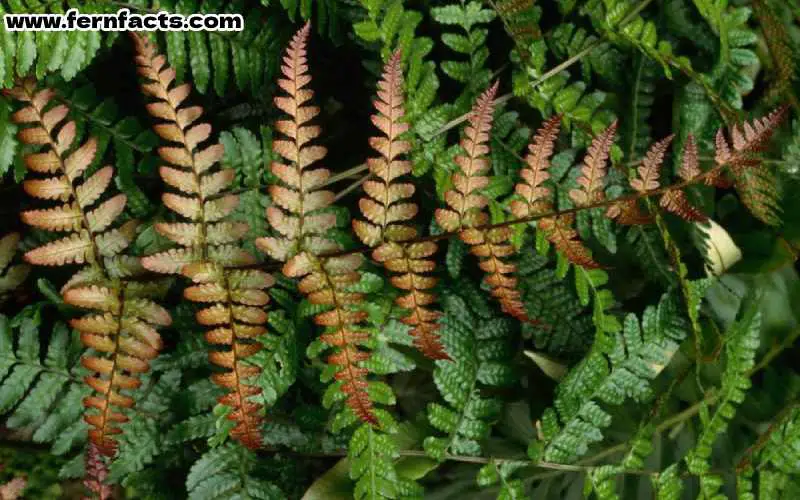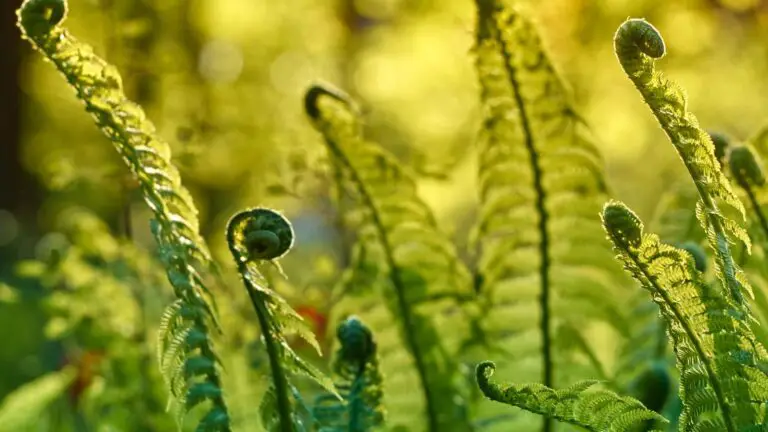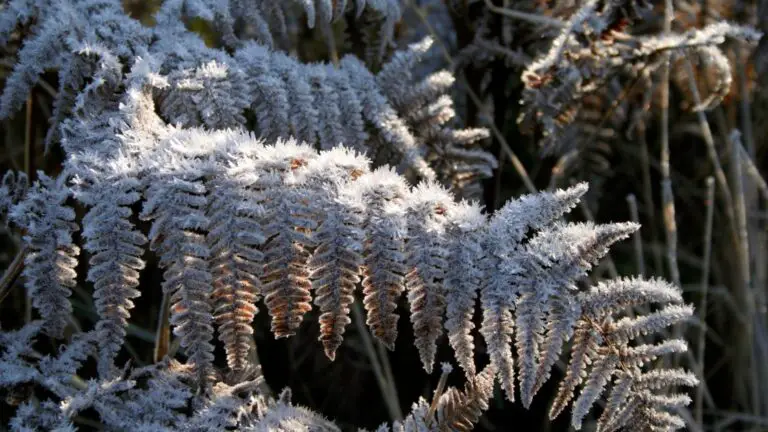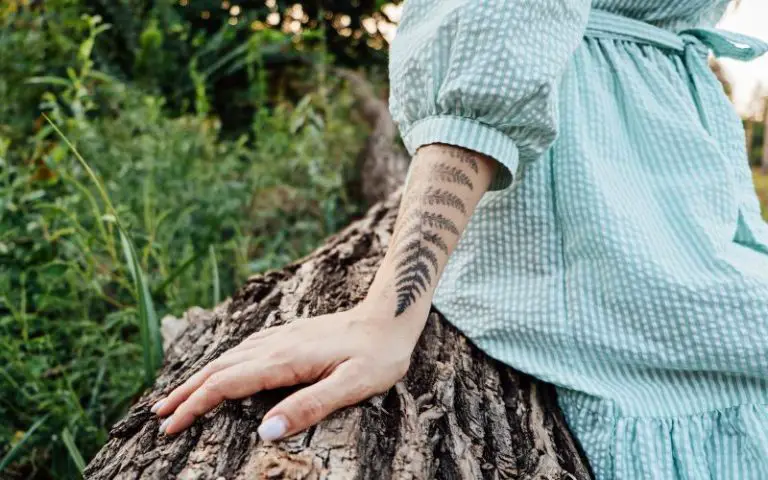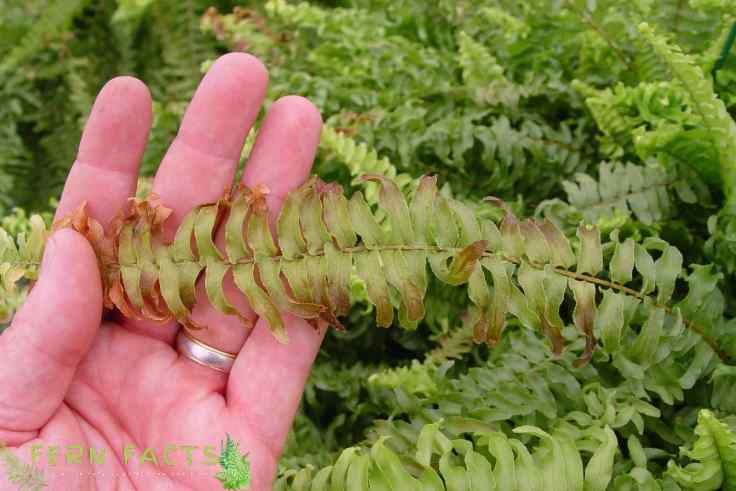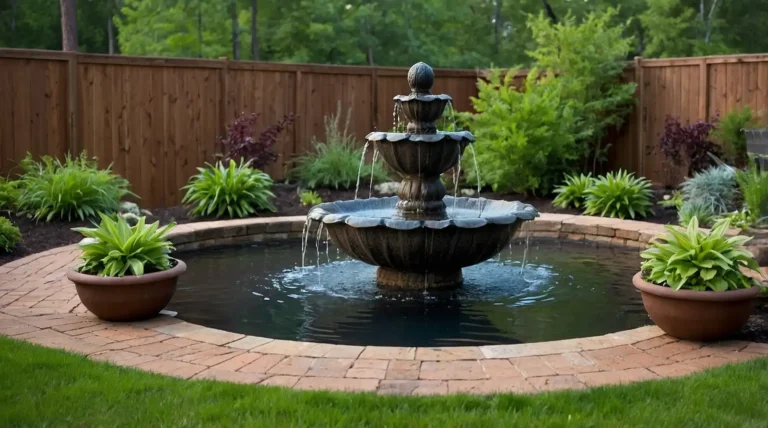Treating Brown Fronds on Boston Fern Plant
Do you own a Boston fern? Having problems with Boston ferns and brown fronds? Well, Boston ferns are the perennial evergreen ferns with a slow growth.
One of the primary problems of these perennial plants is their brown fronds. So if you want to treat Boston fern’s brown fronds then go through this article rigorously.
In this article, I’ll talk about the basic requirements and needs that Boston Fern needs.
Additionally, I’ll also give you the predictable reasons why your Boston ferns are turning brown along with how you can treat those brown fronds on the Boston ferns.
So let’s begin this topic in detail with the basic overview of Boston fern’s characteristics.
Overview of Boston Fern
- Botanical name: Nephrolepis exaltata
- Common names: sword fern, bluebell Fern, tuber ladder Fern, Fishbone Fern
- Plants: Evergreen
- Native range: America
- Native habitats: moist shady locations like humid forests, swamps, and floodplains
- Shade requirements: partial shade or full shade
- Height: 20 to 98 inches
- Soil pH: acidic soil (6.0 to 6.5),
- Soil type: moist well-drained, drought-tolerant
Boston Ferns are perennial evergreen ferns that are widely native to America. These ferns are also recognized as sword fern or blue bell Fern, tuber ladder Fern, or fishbone Fern in many local regions.
Their average height is around 40 to 60 centimeters however, in rare conditions, they can exceed up to 1.5 meters also.
Likewise other ferns, Boston ferns are also fond of moist shady places just like their natural habitats.
Nonetheless, they can tolerate drought but not for too long. They need 70 to 80% humidity around themselves for their flourishing growth.
Predictable Reasons for Boston Fern’s Fronds Turning Brown
Now let’s look at some predictable reasons that may be the reasons why your Boston fern fronds are turning brown.
The most possible reason that might be your elegant Boston fern plant is not getting its basic growing requirements such as lighting, watering, humidity, and fertilizer.
As a result improper watering, inadequate lighting, lack of humidity level, nutrient deficiencies, pests, or attacks by diseases. Let’s explore these reasons in depth.
Over Watering
One of the core reasons for your plants that turn brown could be overwatering them. Sometimes, excessive moisture in the soil causes your plants to have brown fronds.
Similarly, unnecessary watering can kill your plants. If you overwater your plants, then that standing water can rot the roots of your plants because the soil would be too moist, soggy, and mushy.
Ultimately it will rot the roots of your plants. Because it doesn’t get a proper drain out system which will create waterlogged situations.
Then, the roots of your plant will start decaying or rotting. Thus, it will leave your fern to have brown fronds, and eventually, your plants will die because of rotten roots.
Inadequate Lighting
Boston thrives in dappled or filtered shade so indirect light like an east-facing window would be ideal for your plants.
Direct exposure to sunlight can make their soil dry and also reduce the moisture level of the soil quickly.
So if your Boston fern is facing west-facing windows, then they are probably getting too much sun. As a result, the fronds of your Boston fern are turning brown and crispy.
Ultimately, over-sun exposure can burn their fronds.
Inadequate Humidity
Boston fern needs a moist humid atmosphere with adequate temperature. Boston ferns prefer 65° F to 75° F temperatures to thrive. They cannot tolerate excessive heat or excessive cold.
If the temperature exceeds 95° F or drops below 35 F, your Boston fern can be harmed equally. Also, they require an 80% humid atmosphere for their thriving otherwise their fronds might dry out due to lack of humidity.
In such cases, low or inadequate humidity can make their fronds or the tip of their fronds brown. If your indoor Boston fern plants are turning brown, that means the humidity level of their environment is not in balance.
Similarly, if your outdoor Boston fern is getting brown, it might be the reason for inadequate humidity and temperature. Thus, the inadequate humidity level of the environment can make your plants brown and crispy.
Over Fertilization
Overfertilization probably is another reason for your Boston plant to turn brown. Boston Fern requires water-soluble fertilizer at half strength during their growing seasons.
So, if you over-fertilize your plants during their growing seasons, then they might suffer from salt burn. Salt burn usually happens when you over-fertilize your plants.
As it accumulates salt in the soil, lots of salt might pile up on the surface of the soil which might give your plants salt burn. Due to excessive salt burn, your plants’ fronds will lose all the moisture and will turn brown fronds.
Treating Brown Fronds on Boston Fern Plant
If the condition of the plant is severe, then there is a very low possibility of reviving your Boston plant. If their root condition is bad and severely damaged, then you cannot treat your plant or get back your ferns.
Nevertheless, if the condition is at the initial level, then you have a chance to cure your plant. So let’s go through those remedies to treat your brown Boston fern.
Accomplishing the Basic Requirements
Try to provide your Boston ferns with their basic needs and requirements. Since Boston ferns are most likely fond of indirect sunlight or filtered sunlight, make sure you give them dappled shade.
Because you already know that excessive sun rays can burn their fronds. Secondly, make sure you give them moist soil by maintaining the consistency.
Don’t give too much water or less water. It can equally affect your plant’s growth. Moreover, Boston ferns’ preferred temperature would be between 65°F to 75°F.
Additionally, Boston Fern thrives in humid atmospheres so you need to ensure that the place you are keeping them is well humid.
If not, then you can use artificial humidifiers or pebble trays which will help to increase the humidity in the atmosphere. Lastly, Don’t over-fertilize your Boston ferns.
Justly simply use water-soluble fertilizer or organic fertilizer during the summer and spring seasons. All of these precautions will reduce Boston fern’s brown fronds and will give you a thriving plant.
Repotting
If you are sure that all these basic requirements are not the main cause or you are unable to identify the reasons, then directly go for repotting your Boston ferns.
Use half a portion of peat moss (50%), and 12 % of Horticultural bark, and use perlite for the rest of the mixture. All these potting mixtures will be perfect for treating your brown Boston ferns.
These matters will give you high-quality rich humus well-drained Soil that will prevent waterlogged situations.
Fertilizing
Furthermore, you can also fertilize your Boston ferns to treat or cure them. Just apply water-soluble fertilizer at half strength or liquid fertilizer of NPK in the ratio of 20:10:20.
Use these every two weeks during the summer season and once a month during the winter season. This Slow-release fertilizer will provide the nutrients into their soil gradually where they will get enough nutrients for a long period.
Thus, it will help to bounce back your Boston ferns. However, remember to just wash away or rinse their fronds after finishing your fertilizing process because it can give your plants a frond burn if any excess is left on the fronds.
Recap
In short, Boston ferns are elegant decorative plants to grow and care for. However, while growing them, one of the most common problems you might face is their brown fronds.
Well, natively Boston ferns thrive in dappled or filtered places with moist humid atmospheres. So, if they don’t get their ideal condition, there might be a possibility your Boston ferns will turn brown due to overwatering, over-fertilizing, inadequate lighting, and inadequate humidity.
On a primary note, you have to ensure all their basic requirements first. If, still your ferns are turning brown, then you can repotting and fertilizing again.
Hopefully, by following all these guidelines, you will be able to treat your brown Boston fern fronds and make them healthy thriving plants just like before.

